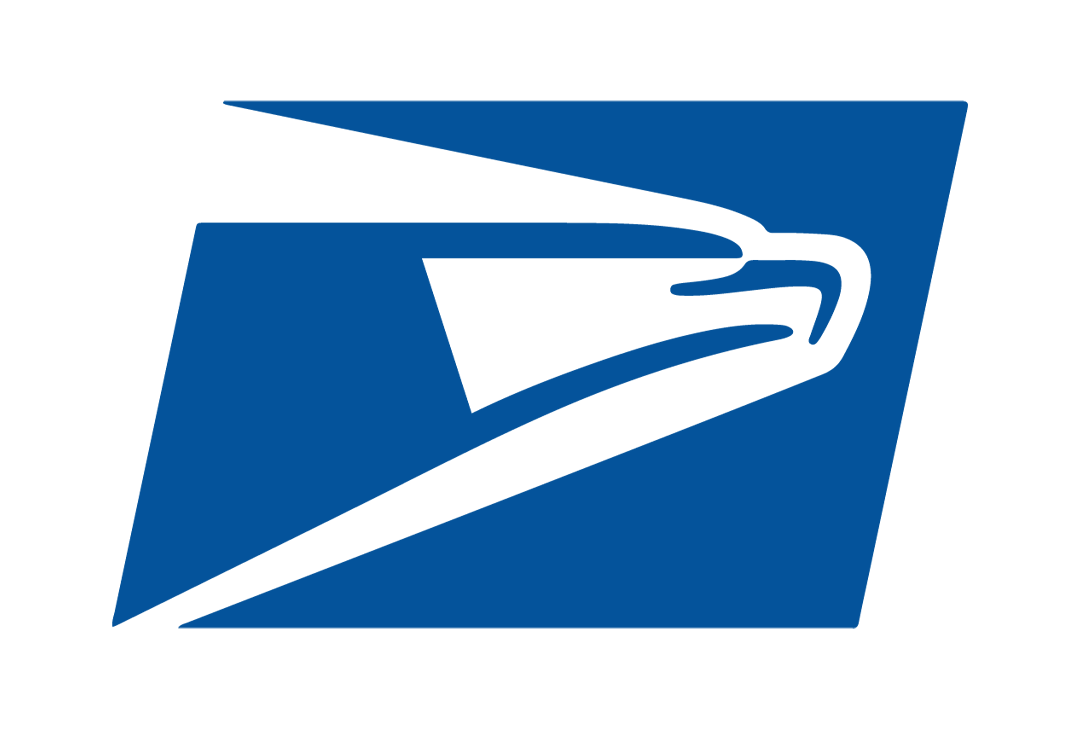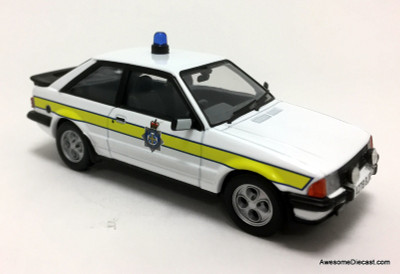Vanguards
Vanguards 1:43 1984 Ford Escort MK3, XR3i: Durham Constabulary

Vanguards 1:43 1984 Ford Escort MK3, XR3i: Durham Constabulary
$826.35
The Ford Escort is a small family car which was manufactured by Ford Europe from 1968 to 2004. The Ford Escort name was also applied to several small car types produced in North America by Ford between 1981 and 2004.
In 2014, Ford revived the Escort name for a car based on the second-generation Ford Focus sold on the Chinese market.
The Escort was frequently the best selling car in Britain during the 1980s and 1990s. A total of more than 4.1 million Escorts of all generations were sold there over a period of 33 years.
Codenamed "Erika", the third generation Escort was launched in September 1980. The car, Ford Europe's second front-wheel drive model, was originally meant to be called the "Ford Erika",but ended up retaining the Escort name. Some say this was due to British consumers' reluctance to let go of the "Escort" badge (as the first two generations of Escort had been among Britain's most popular cars, with the Mk II being Britain's best selling car in 1976), and some say that the Germans were concerned with the song Erika, which was a famous battlemarch of the German armed forces during World War II. The North American Escort introduced at this time was a distantly related derivative. Sales in the United Kingdom increased, and by 1982 it had overtaken the ageing Cortina as the nation's best-selling car, beginning an eight-year run as Britain's best selling car.
Unlike the Mark II, which had essentially been a reskin of the original 1968 platform, the Mark III was a completely new design, and was conceived as a hi-tech, high-efficiency vehicle which would compete with the Volkswagen Golf and Honda Civic – considered at the time the class benchmarks, and indeed the car was launched with the advertising tagline "Simple is Efficient". The Mark III was a departure from the two previous models, the biggest changes being the adoption of front-wheel drive and the new hatchback body. The suspension was fully independent all around, departing from the archaic leaf spring arrangement found on its predecessors.
To compete with Volkswagen's Golf GTI, a hot hatch version of the Mark III was developed – the XR3. Initially this featured a tuned version of the 1.6 L CVH engine fitted with a twin-choke Weber carburettor, uprated suspension and numerous cosmetic alterations. It lacked a five-speed transmission and fuel injection. Fuel injection finally arrived in October 1982 (creating the XR3i), eight months behind the limited edition (8,659 examples), racetrack-influenced RS 1600i. The Cologne-developed RS received a more powerful engine with 115 PS (85 kW), thanks to computerized ignition and a modified head as well as the fuel injection.
Durham Constabulary is the territorial police force responsible for policing the Unitary authorities County Durham and Darlington. The force covers the 2,232 km² of the county which has a resident population of 595,308. It is one of the smaller forces of the 43 territorial police forces that service England and Wales. Durham is Home Office force 11.
Durham Constabulary is managed by Chief Constable Jo Farrell and her Executive Team, composed of Deputy Chief Constable Dave Orford, Temporary Assistant Chief Constable John Ward, Assistant Chief Officer Gary Ridley and Special Chief Officer Dale Checksfield.
The force operates through a number of functional commands: Neighbourhood And Safeguarding, Response Policing, Crime and Criminal Justice, Tasking and Co-ordination and Support Services, which all report to the Executive Team.
Since 2010 Durham Constabulary and neighbouring Cleveland Police have shared road policing and firearms teams through a joint Specialist Operations Unit. These officers are based at Wynyard Park Business Park and Spennymoor. Durham and Cleveland Police have shared a Tactical Training Centre in Urlay Nook, near Teesside International Airport (formerly Durham Tees Valley Airport), since 2001.






















